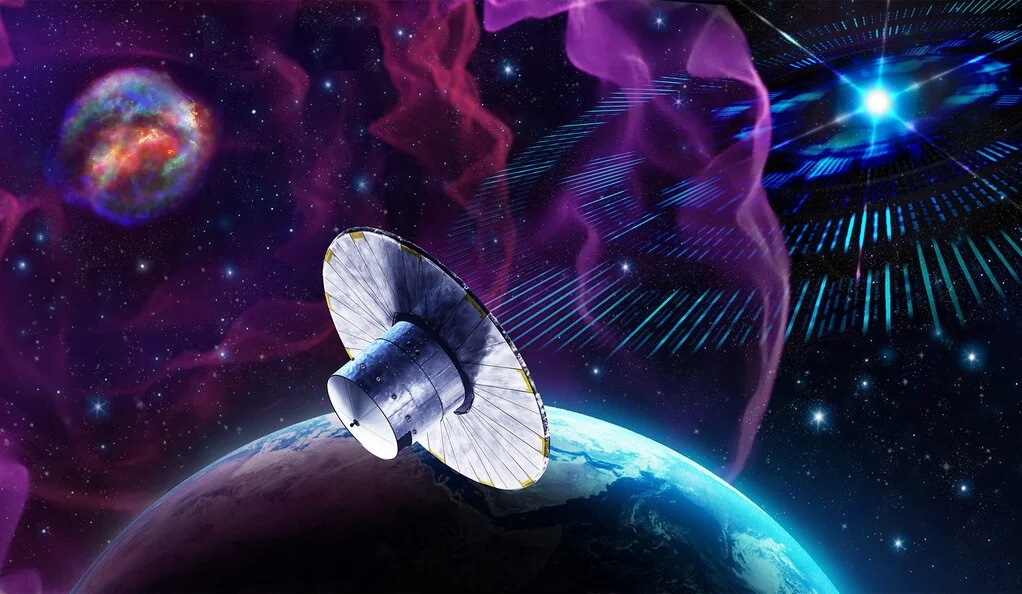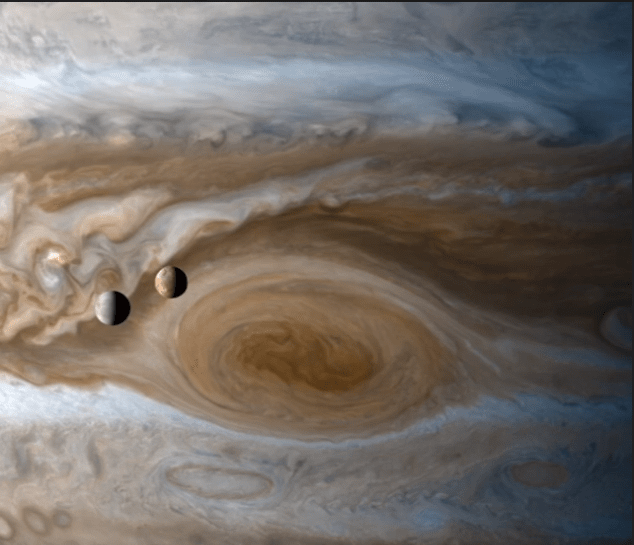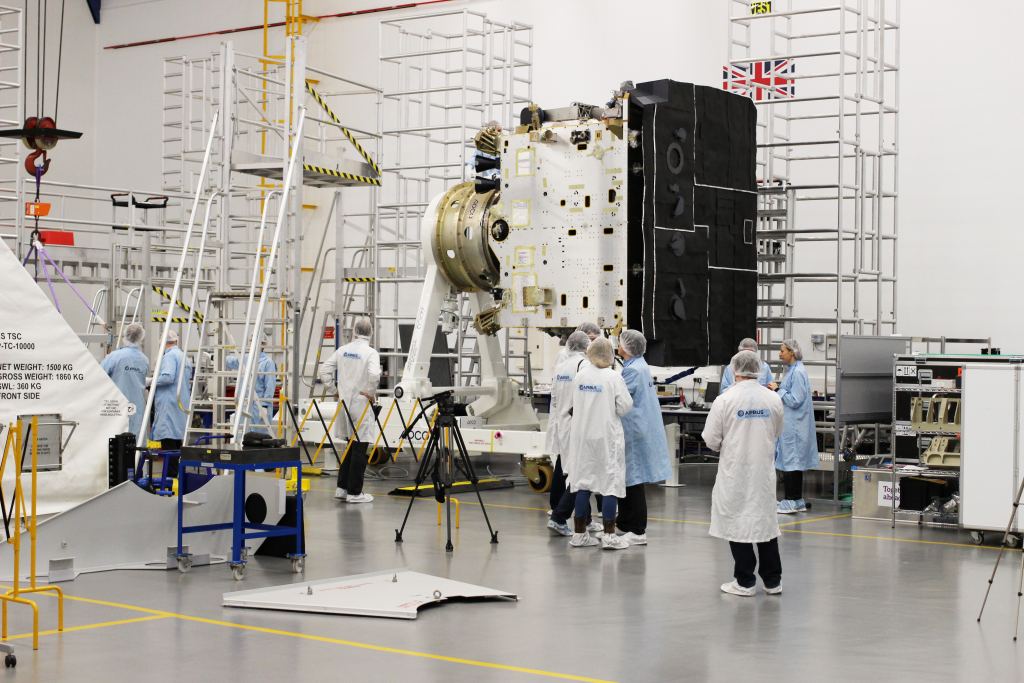The moons of Mars are garnering increased attention, not only because they could provide a view of the solar system’s past but also because they could provide invaluable staging areas for any future human settlement on Mars itself. However, missions specifically designed to visit Phobos, the bigger of the two moons, have met with varying stages of failure. So why not make an inexpensive mission to do so – one that could launch multiple copies of itself if necessary? That’s the idea behind a CubeSat-based mission to Phobos, known as Perseus, which was initially described back in 2020.
Phobos is interesting for several reasons, but so far, we’ve only gotten relatively grainy pictures of this small moon, whose total diameter is the size of a medium-sized city. Most of those pictures have come from Mars orbiters, such as MRO, who occasionally turn their instruments on the other bodies in the system. Several planned missions to visit directly, such as Phobos 1 and 2 and, more recently, Phobos Grunt, have failed in space, limiting our understanding of this potentially helpful moon to secondary scraps from larger missions.
Enter a new mission concept—Perseus (which, surprisingly, appears to not be an acronym for anything) is designed as a 27U CubeSat that inherits several commercial-off-the-shelf (COTS) systems used in other interplanetary CubeSat missions, including its own propulsion system and remote sensing kit. Depending on the funding the mission receives, it could branch into one of two different potential interaction styles with Phobos.
First, the mission design preferred by the mission designers, who mainly come from the University of Arizona and Arizona State University, would involve capturing Perseus in a co-orbit with Mars and Phobos. This would allow the CubeSat to pass by the moon every day, with about a 6-minute encounter time. This would allow Perseus to capture multiple images of multiple sides of Phobos, some of which have never been seen before from such a short vantage point.
The other mission concept would put Perseus on a hyperbolic trajectory past Phobos itself. In this concept, Perseus would only get a single 2-minute flyby with the moon but could get much closer, and therefore higher resolution, images of a specific area it chose to fly by. It would then be flung into the solar system, eventually running out of fuel. Saving the cost of the larger fuel load for the orbital mission concept is the main reason for designing the less scientifically exciting flyby option.
With the orbital mission concept, Perseus could collect visible light images of the surface of Phobos down to 5m per pixel and thermal images of 25 m per one pixel, as its scientific payload would consist of visible light and thermal imagers. That is about 6 times better in visible light than the 30 m / pixel, which is the best information we have from an image from HiRISE on the Mar Reconnaissance Orbiter.
That level of resolution could further explore some features of Phobos, such as the “grooves” that dominate its surface. Additionally, Perseus could scout potential landing sites for future human missions to prepare for a visit to the Red Planet.
However, the real benefit of Perseus is that it is relatively cheap. While relatively large by CubeSat standards at 54 kg and a 27U configuration, many components’ flight heritage means it would be relatively cheap to assemble and test. However, the mission has not been granted any funding so far, and a brief literature search doesn’t show any additional work on the project in the last several years. But, it fits well with the trend towards smaller, less risky, and less expensive missions. Maybe someday, a similar one will get the green light, and we can finally start collecting some detailed light from one of the most important moons in the solar system.
Learn More:
Nallapu et al. – Trajectory design of perseus: A cubesat mission concept to Phobos
UT – What Could We Learn From a Mission to Phobos?
UT – How Mars’ Moon Phobos Captures Our Imaginations
UT – Did An Ancient Icy Impactor Create the Martian Moons?
Lead Image:
Engineering Model of the Perseus Spacecraft.
Credit – Nallapu et al.
The post A CubeSat Mission to Phobos Could Map Staging Bases for a Mars Landing appeared first on Universe Today.























